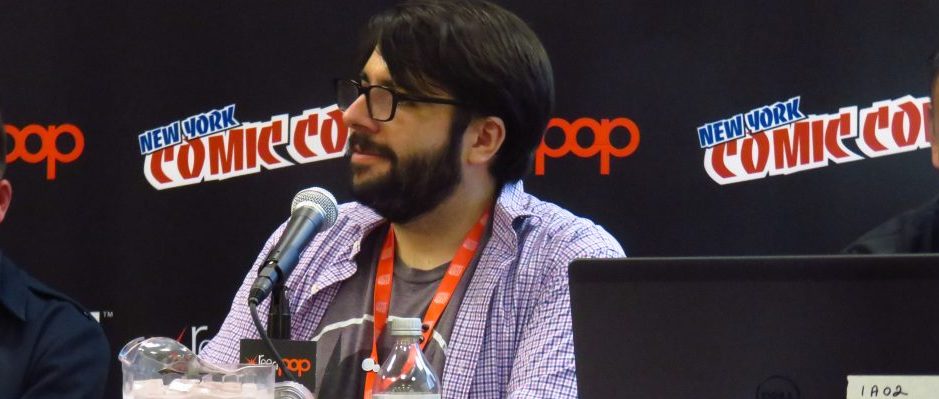Role Models: Queer Representation in Youth and All-Ages Media

David Stehman ’17 / Emertainment Monthly Staff Writer
The first question at NYCC’s “Queer Representation in All-Ages and Youth Media” panel on Friday was “Who were some role models you grew up in media?” The panel, which comprised of five queer content creators, all found difficulty trying to identify off the top of their head a figure in the children’s shows of the 90s they grew up watching that reflected them. Whether or not this response was expected from the moderator is irrelevant to the fact that there is a serious issue with queer representation in children’s media.

It’s true that much progress has been made in queer youth media, from the Gems in Steven Universe to Korra and Asami in The Legend of Korra. However, the panel was unanimous that J.K. Rowling’s announcement that Dumbledore is gay after all seven books were finished with no direct textual evidence was counter-productive. James Tynion IV, writer of The Backstagers, mentioned the problems with the intentions of creating a queer character: “There’s no absolute right, when it comes to it. But you should call it out anyway.”

The common argument against educating queer identities to children is the belief that kids are too young to understand it without mentioning sex. Delliquanti made a good analysis of the opposing mentality: “There is a misconception that it is a choice that they have to make later in life. It’s something they are, and they need to know it to prevent misconceptions.” In response to the belief that queer stories can’t exist without mentioning sex, Delliquanti also pointed out the irony: “Heterosexual narratives exist without sex, but we just forget that when it comes to LGBT narratives.”
The panel wrapped on the topic of what should be done to naturally represent sexuality in children’s media. Sorese mentioned not forcing the characters to identify themselves: “You can avoid using tropes by naturally integrating their identities into the scene.” Delliquanti commended future writers for taking the risk of queer identities in a key demographic: “When the story writer goes the extra mile to create a particular world, it was a lot of opportunities for queer visibility.”